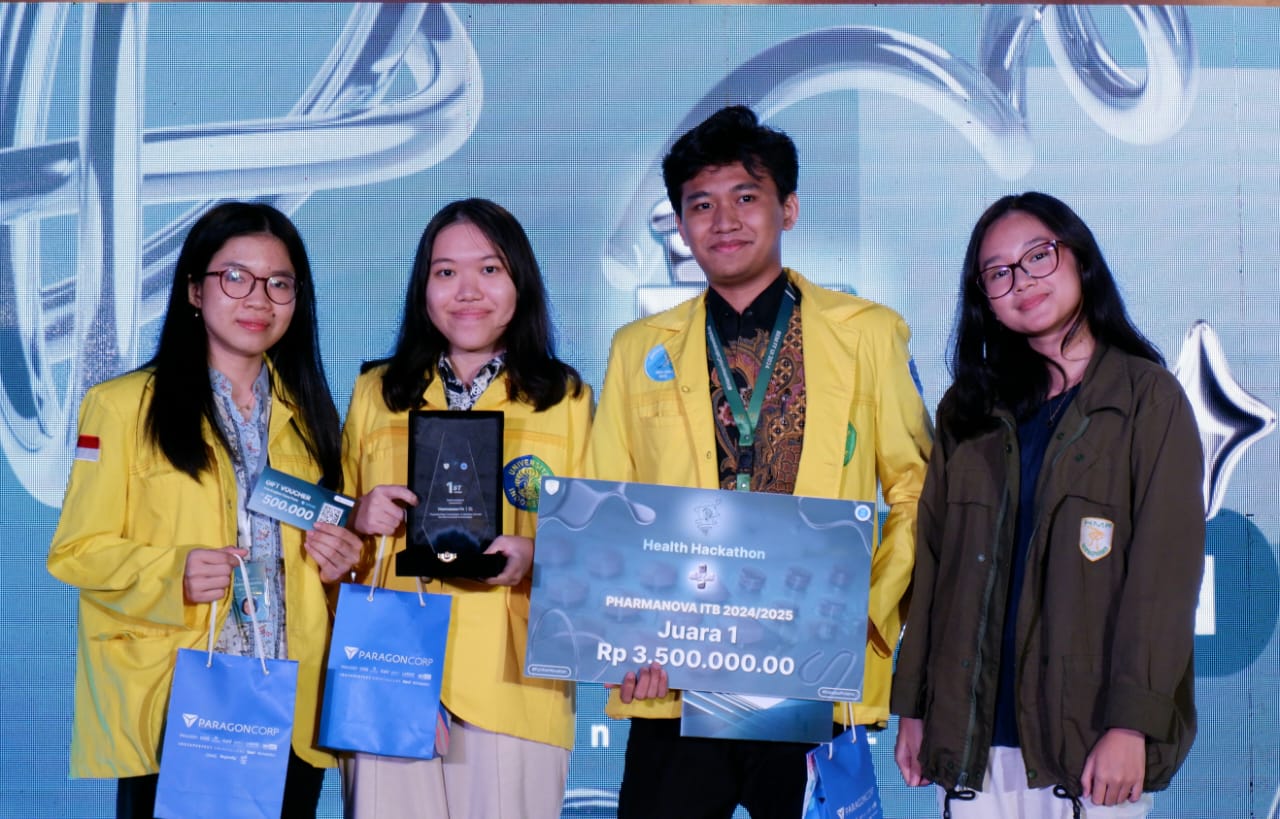
The UI research team, Wellyzar Sjamsuridzal, et al. from the Department of Biology and the Center of Excellence for the Indigenous Biological Resources-Genome Studies (IBR-GS CoE) FMIPA UI along with a number of Japanese researchers managed to find a new genus of bacteria named Gandjariella thermophila gen. nov., sp. nov.
These bacteria are found around the geysers of Cisolok, Sukabumi, West Java. Giving the name Gandjariella is a tribute to Prof. Dr. Indrawati Gandjar. He is a former Professor of the Department of Biology, FMIPA UI who has a major contribution in the development of microbiology in Indonesia.
These bacteria were found in order to disclose the diversity of thermophilic bacteria in habitats that are rarely explored in Indonesia, such as geysers and hot springs. Research in the Cisolok geothermal region has been carried out since 2013 by the UI Team in collaboration with a research team from Tohoku University, Japan.
The discovery of Gandjariella thermophila was successfully published in the International Journal of Systematic and Evolutionary Microbiology (IJSEM) Vol. 69 of 2019 (in press) published by the Society for General Microbiology, United Kingdom. The journal belongs to the journal group Quartile 1 (Q1) based on the Scimago Journal Rankings (SJR).
In taxonomy, Gandjariella belongs to the phylum of Actinobacteria, Pseudonocardiaceae family, and is identified as a new genus. The bacteria are filamentous, aerobic and thermophilic (optimum temperature growth of 45 ° C), producing young orange pigments, capable of hydrolyzing various substrates such as starch, casein, esculin, gelatin, guanine, hypoxanthine, L-tyrosine, and xanthine.
Recent research abroad shows the trend of searching for thermophilic bacteria in unique habitats, and opens up opportunities for their use in the food, agriculture, pharmaceutical and biotech industries. Gandjariella bacteria are known to have antimicrobial activity at 50 ° C.
Information about the complete sequence of the Gandjariella thermophila genome has been registered in the GenBank / EMBL / DDBJ international DNA database. The bacteria has a genome size of 6.12 Mb and 5740 protein coding genes.
The genome consists of 22 regions encoding secondary metabolites that carry biosynthetic gene clusters (BGCs) for the polyketide synthase (PKS) family, nonribosomal peptide synthase (NRPS), ribosomally synthesized and post-translationally modified peptide.
Only one region has 100% in common with ectoine from the bacterium Streptomyces anulatus, three regions have a similarity of only 50%, 12 regions have very low similarities (4–35%) to BGC that have been known, and 5 regions have no resemblance to Any known BGC.
It was revealed that the genome of the Gandjariella thermophila bacterium is very unique and interesting to study further, because it contains many unknown biosynthetic gene clusters (BGCs) so that it can be a source of discovering new compounds.



